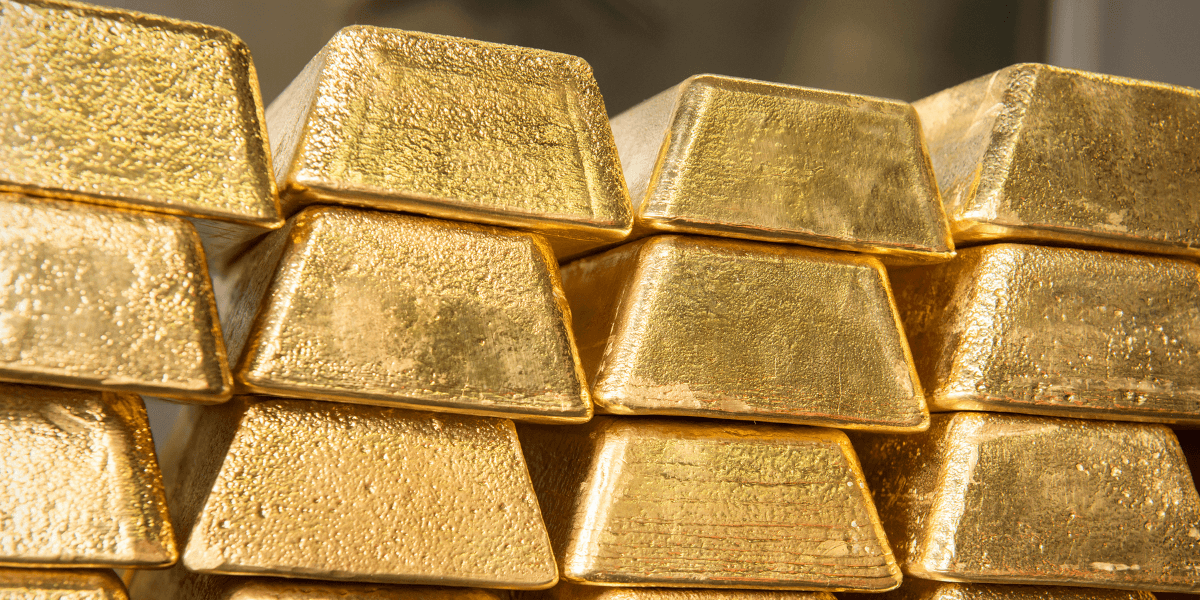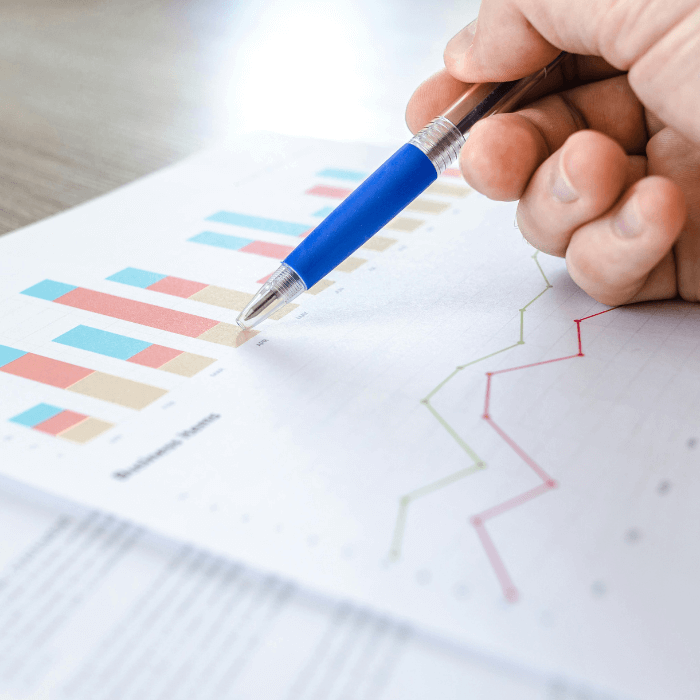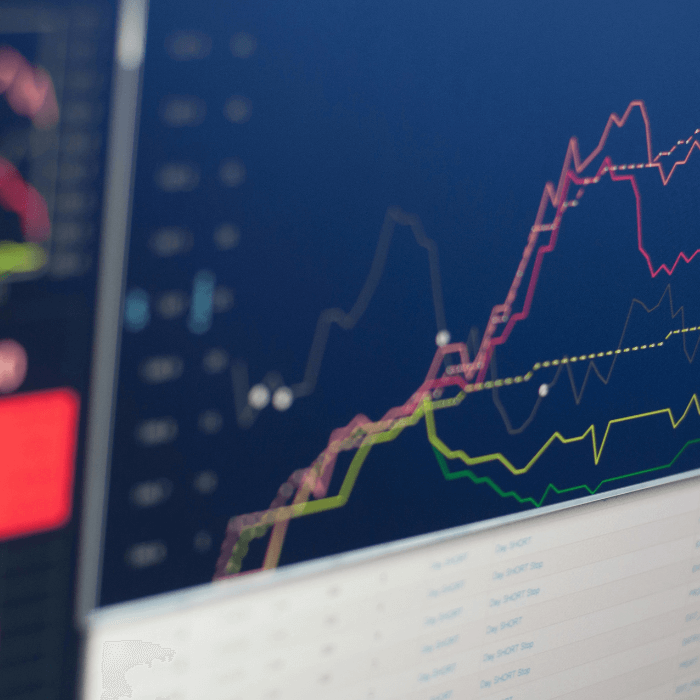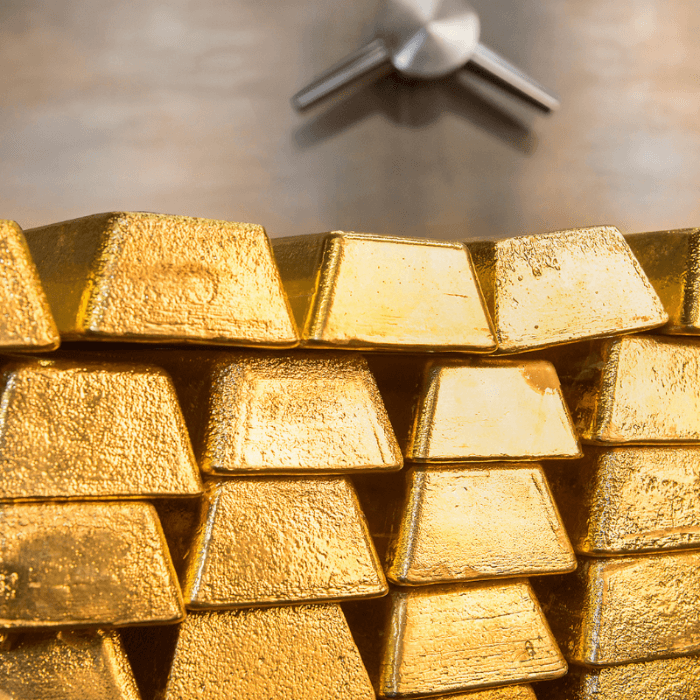
It’s 2014. Pharrell Williams’ song ‘Happy’ is stuck in everyone’s heads, social media is awash with celebrities taking the ‘ice bucket challenge’, and most people have never heard the word ‘coronavirus’. In Llantrisant, The Royal Mint embarked on a new chapter in its 1,100 year history and began selling investment grade bullion directly to the public at prices linked to the live metal spot prices. Hundreds of investors bought gold and silver bullion directly from the UK’s oldest company at prices substantially below today’s price. Thousands more probably wish they did!
Since The Royal Mint launched its online live-price bullion sales platform in 2014, the precious metals market has experienced significant fluctuations, driven by a combination of geopolitical tensions, economic policies, and global crises. Gold, silver, and platinum—each with their unique market dynamics—have reacted to these events in ways that reflect their status as safe-haven assets, industrial metals, or both. This article explores the major events that have shaped the gold, silver, and platinum markets from 2014 to 2024.
Overview
The tables below show how precious metals prices have changed in the past 10 years.



Prices are from the London Bullion Market Association. .
The 2013 “Taper Tantrum”
In response to the Global Financial Crisis of 2007-2008 central banks, including the US Federal Reserve, began programmes of quantitative easing (QE) – essentially increasing the supply of money by purchasing government bonds. Between 2008 and 2013 the Fed had tripled the size of its balance sheet from $1 trillion to $3 trillion, and investors had begun to factor the price support that QE provided to certain assets into their strategies.
When US Federal Reserve Chair Ben Bernanke announced in 2013 that the bank would wind down (“taper”) its quantitative easing, markets responded by selling off government bonds en masse. Falling US Treasury bond prices resulted in higher yields on those bonds. This, combined with expectations of higher interest rates, weighed on gold. The yellow metal, which had surged above $1,800/oz for the first time in 2011, fell below $1,250/oz in the summer of 2013.
The following year, with gold prices around $1,200/oz (c.£740/oz) and silver at $18/oz (£11/oz) that The Royal Mint launched its 24/7 online bullion trading platform.
The first live price bullion transaction that was processed through our website was for a 2014 Full Sovereign. The customer paid £206.19. Today (16th September 2024) the gold value of that coin is £459.92 – an increase of 123%!
From 2013 gold was on a broadly downwards trajectory until the end of 2015. In the latter half of 2015, 30 customers took advantage of low silver prices to buy silver bars and coins in bulk paying less than £13/oz including VAT! If they sold these coins at spot today, they would see a Capital Gains Tax exempt profit in the region of 76% (16th September 2024).
2016 Brexit Referendum and US Election
2016 saw a reversal of that downwards trend. The United Kingdom's vote to leave the European Union in June 2016 shocked global markets, leading to significant uncertainty about the future of the European economy. This seismic decision was followed a few months later by the shock election of Donald Trump; a candidate who represented a major shift US politics, and who most pollsters predicted would lose. For many, the world felt more uncertain, and investors responded by buying ‘safe-haven’ assets like gold.
Gold, which began the year at $1,072.70/oz (£725.02/oz) surged to $1,370/oz (£1,059.01/oz) in the days after the EU referendum as investors reassessed their forecasts for the global economy and their portfolios. This represented a rise of 27% in USD and 46% in GBP in little over 6 months (LBMA AM prices from 4th January 2016 and 6th July 2016).
Silver, which had largely followed gold’s trajectory since the 2013 “taper tantrum” followed suit, rising from $14/oz (£9.48/oz) at the start of the year, to $20.71/oz (£15.65/oz) in early August. In US Dollars this was a rise of almost 48%, while the rise in British Pounds was 65% (LBMA prices from 4th January 2016 and 2nd August 2016).
2020 COVID-19 Pandemic
Prices were once again on the rise throughout 2019 as the US-China trade war escalated and geopolitical tensions appeared to be on the rise. However, it was the outbreak of COVID-19 in 2020 and the subsequent global economic shutdown which had profound impacts on the global economy, that caused the biggest price movements.
Initially, precious metal prices, like many other assets, took a tumble as investors moved into cash. Gold fell to $1,472.4/oz on the 17th March 2020, and two days later silver was trading at $12.01/oz (£10.41/oz). However, low interest rates, unprecedented monetary and fiscal policy measures and fears of economic collapse led gold to a new all-time high of $2,067.15/oz (£1,574.37/oz) in August 2020. Comparing the March lows to the August highs, gold rose by 40% and silver by 127% (30% and 11% in GBP).
Like the 2007/08 crisis and the events of 2016, COVID-19 was a catalyst for the precious metals markets. The popularity of precious metals investing, particularly among Western retail investors, skyrocketed and The Royal Mint (and many other mints, refineries and dealers) saw an unprecedented surge in the number of first-time precious metals investors seeking to diversify their portfolios and protect their wealth. The number of people purchasing bullion from The Royal Mint’s website in 2020 was double the number who bought in 2019, by 2023 it was almost treble.
2022-4 Inflation and Monetary Policy Concerns
As the pandemic receded, inflation surged. In the UK Retail Price Index (RPI) inflation hit 14.2%, the highest rate for over 40 years, and similar was true across the Western world. To combat rising prices, central banks including the US Federal Reserve, the Bank of England and the European Central Bank, began raising interest rates. In the UK rates rose from 0.10% to 5.25%.
Conventional wisdom held that gold should perform less well in high interest rate environments as investors can earn attractive yields from holding other safe-haven assets like UK gilts and US Treasury bonds. However, the pace and stubbornness of inflation, combined with rising geopolitical risks saw gold defy this logic and forge new highs, bringing silver along with it.
Gold breached the $2,500/oz mark for the first time in August 2024 as expectations that the US Federal Reserve would soon cut interest rates rose. Using the London Bullion Market Association’s prices, gold has so far delivered growth of 25% in USD and 20% in GBP in 2024 (2nd January AM price and 16th September PM price), while silver has risen 29% in USD and 24% in GBP over the same time frame. At the time of writing, the Bank of England and the European Central Bank have begun cutting interest rates, while the world awaits an imminent decision from the US Federal Reserve. Traditionally gold is thought to perform well during low interest rate environments as the opportunity cost of holding gold versus government bonds is reduced.
Across the world in 2024 more people will head to the polls than in any other year in history. Some of the world’s major economic and political powers have had elections, including the UK, the EU, France, India, Taiwan, South Africa, and of course, the USA. New administrations and new priorities often spell uncertainty for investors, leading many to turn to perceived safe-haven assets like gold.
Conclusion
The gold, silver, and platinum markets have been shaped by a complex interplay of geopolitical events and economic policies over the past decade. Gold has shone throughout this period of ups and downs and retains its status in the popular imagination as a ‘safe-haven’ asset that responds strongly to geopolitical tensions and economic uncertainty. Silver’s dual role as both a precious and industrial metal has led to significant volatility, influenced by both market sentiment and technological demand. Platinum, while more volatile due to its industrial use, has seen shifts in demand driven by the automotive industry and emerging green technologies. As we look to the future, these metals will likely continue to be influenced by the evolving global landscape, with new challenges and opportunities shaping their trajectories.
The Next Pivotal Moment?
Most of the events described above came as a complete shock to markets and investors, demonstrating that we never know what’s around the corner and how future events could impact portfolios. However, there are a few things many customers tell us they’re watching out for.
Some investors we speak to tell us they are monitoring rising global debt levels. According to the Institute of International Finance, global debt hit a record high of $313 trillion in 2023 while the global debt to GDP ratio stood at almost 330%. How this might shape global markets in the future is unclear, but some see this as a reason to buy into precious metals as ‘safe-haven’ commodities that have intrinsic value.
Another theme that has been growing over the past 10 years is the transition to clean energy. Silver is a critical component of solar panels, and platinum could benefit from increased demand for hydrogen fuel cells. Samsung recently announced they’d developed a new solid state battery capable of being used in electric cars. Media reports claim these batteries, which are said to contain almost 1kg of silver, have a 600-mile range, 20-year lifespan and can charge in just 9 minutes. Should these batteries prove commercially viable, the resulting increased demand for silver could be substantial.
Whatever the future holds, you may want to consider whether your investment portfolio is well-diversified and able to weather the next ‘unknown unknown’.
Notes
The contents of this article are accurate at the time of publishing, are for general information purposes only and do not constitute investment, legal, tax or any other advice. Before making any investment or financial decision, you may wish to seek advice from your financial, legal, tax and/or accounting advisers.
This article may include references to third-party sources. We do not endorse or guarantee the accuracy of information from external sources, and readers should verify all information independently and use external sources at their own discretion. We are not responsible for any content or consequences arising from such third-party sources.









